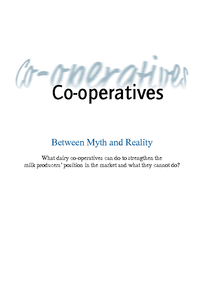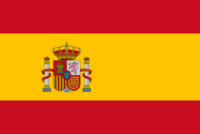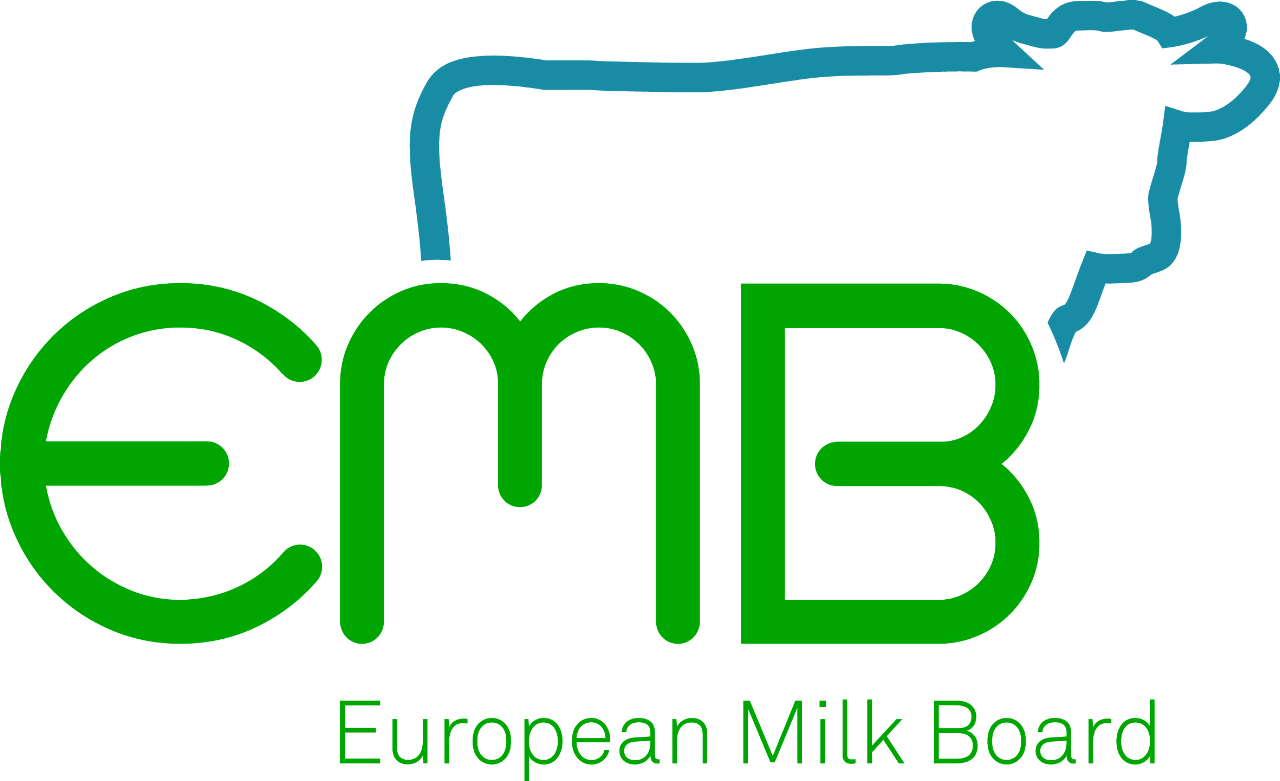EMB Newsletter September 2012
Newsletter as PDF
Contact
European Milk Board
Bahnhofstr. 31
D-59065 Hamm
Phone: 0049/2381/4360495
Fax: 0049/2381/4361153
E-Mail: office@europeanmilkboard.org
Website: http://www.europeanmilkboard.org
Newsletter as PDF
Contact
EMB - European Milk Board asbl
Rue de la Loi 155
B-1040 Bruxelles
Phone: +32 - 2808 - 1935
Fax: +32 - 2808 - 8265
Dear Dairy Farmers and Interested Parties,
It’s September, and summer is already over. It was a summer with peaks and also many troughs, both in the weather and in the milk market – milk prices kept plummeting until August. And suddenly the same old madness returned: because of the drought in the USA, those who speculate on milk prices are afraid that there will be less milk on the market. So they are stepping up their demand without any checks or controls, resulting in higher prices on the spot market. Other “experts” had predicted the opposite. This uncertainty and lack of transparency are the wonderful added value given to us by the new liberal milk market! What the higher price on the spot market has not given us, though, is a better milk price.
It is stated very clearly in the Treaty of Lisbon, amending the Treaty on European Union, Article 39 c): “The objectives of the common agricultural policy shall be: […] to stabilise markets”. Yet by deregulating markets the European Commission is trampling this objective underfoot. The Commission has also lost any sense of reality: a few weeks ago the EU Commissioner for Agriculture Dacian Ciolos said that there was no crisis in the milk market because the milk prices had not yet slumped to the 2009 level. Had he considered the huge hike in production costs, however, he would have realised that the crisis was already a lot worse than in 2009.
But it is not only the policy-makers who are to blame. There is also something rotten in the dairy industry and the traditional farmers’ unions. In Great Britain, dairy farmers belonging to the “Farmers for Action” organisation are demonstrating against cuts in milk prices that were announced. And they have been successful in dealings with the dairies, the supermarkets and the politicians. There is a report on this in this issue of the EMB Newsletter. But why have the British dairy farmers succeeded? Because apart from the support from the public, they also have the backing of the long established dairy farmers’ union, with which they are working together and jointly influencing policy-makers. We have no such luck at the EMB. It is precisely these large, established farmers’ unions in Europe that are backing the dairy industry and the dairy trade instead of their own members. It is these large farmers’ unions that are lobbying the politicians and the European Commission not to talk of a milk crisis.
Against all opposition the EMB is still committed to a fair dairy market that ensures the livelihood of the dairy farmers. We are joined in this cause by those taking part in the Good Food March 2012, which has been going on throughout Europe since August and climaxes in Brussels on 19 September. The good people of Europe are united in their demand for a fair market, good food and a sustainable policy: so, for real added value, then.
Sieta van Keimpema (Vice-President of the EMB)
Milk protests in the UK: Interview with Farmers for Action
Milk producers in the UK are currently taking a stand against cuts in milk prices. In the following interview, David Handley, Chairman of Farmers for Action, explains what is motivating the current milk protests and what are his organisation’s key demands.
What is the background of the milk producers' demonstrations in the UK, why is it happening right now?
There was a cut in milk prices in May 2012 threatening the economic survival of milk producers in the UK. We were obviously expecting price cuts due to world market conditions, but we were not expecting the cuts we were given.
New brochure puts a few things straight about co-operatives
As announced in the last issue of the EMB Newsletter, here follows another extract from the EMB’s recently published brochure on co-operatives in the dairy sector. If you are interested you can acquire the full version of the brochure on co-operatives in German, English and French from the EMB.
Competition in the dairy sector: OPL speaks out against the dairy industry in Spain
The Spanish milk producer association and EMB member OPL decided at a members’ meeting held in Leon, Spain, to have its say in an ongoing process of studying the competition situation in the Spanish dairy sector. The aim is to uncover anti-competitive practices on the part of the dairies and to underpin the results in a report that is legally cast-iron. At the end of July 2012, the national Competition Commission decided to institute proceedings against several large dairies in Spain owing to alleged fixing of terms and conditions of business and prices. The dairies accused include Pascual, Puelva, Danone, Nestlé and Lactalis.
What is the situation of the Swiss milk producers 18 months after the introduction of segmentation?
What was the line spun to the Swiss milk producers? "The segmentation of the milk market gives us a market-oriented instrument for controlling the volume of milk! The price of milk is now geared to its intended use, thanks to segmentation!" It would help channel milk into segments with high added value!
EMB Calendar
Please find below some of the most important events in September 2012:
19.9.: Final event of the Good Food March in Brussels
20.9.: Meeting of the EMB Board in Brussels
Full Texts
Milk protests in the UK: Interview with Farmers for Action

Milk producers in the UK are currently taking a stand against cuts in milk prices. In the following interview, David Handley, Chairman of Farmers for Action, explains what is motivating the current milk protests and what are his organisation’s key demands.
What is the background of the milk producers' demonstrations in the UK, why is it happening right now?
There was a cut in milk prices in May 2012 threatening the economic survival of milk producers in the UK. We were obviously expecting price cuts due to world market conditions, but we were not expecting the cuts we were given. So then in July processors announced another milk price cut for the 1 August. At that point we found it more than justified to say ‘enough is enough’. This is the history of how we started to protest.
What are your aims and main demands?
Farmers for Action’s main demand is a sustainable dairy industry in the UK and Europe. But we cannot achieve this by paying dairy farmers below the cost of production. So our long-term aim is to have farmers at least paid their cost of production and we believe that this is achievable with the money that is already in the supply chain.
Which actions have you done so far?
We have demonstrated at dairy processing plants and retail distribution centres all over the UK from Scotland to Cornwall. What we are also doing alongside the protesting is to meet with retailers and processors to make sure they get the message of why we are taking action. We are also speaking to the UK government.
How do you evaluate your achievements and how do you intend to proceed in the future?
This a very simple question to answer. Already with the first protests we did, we got the price cuts rescinded and that was worth a 150 million pounds to the UK dairy industry. We have just had the first price increase announced by Arla. This is worth 2.5 pence to all their dairy farmers giving a standard retail price of 29.5 pence per litre. So our aim now is to get all the other processors to do the same thing.
Christian Schnier (EMB)






